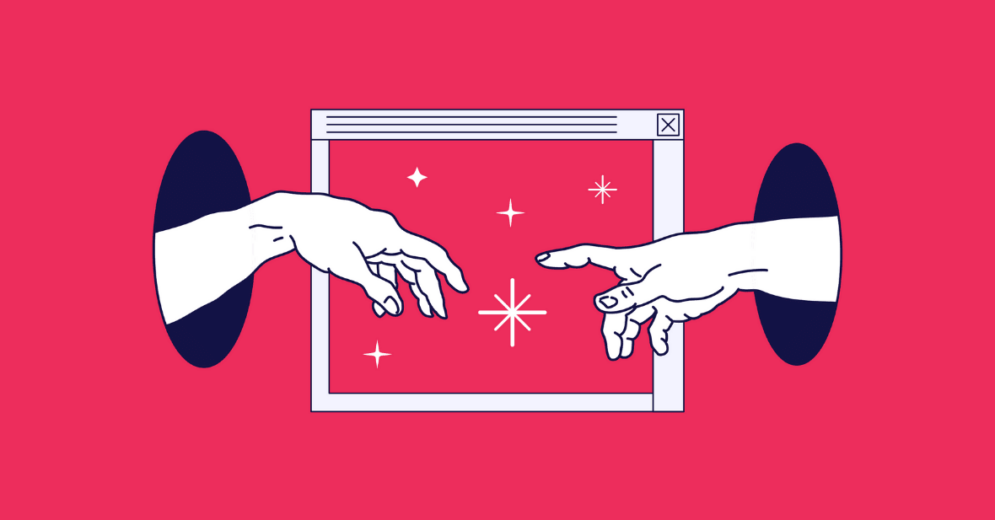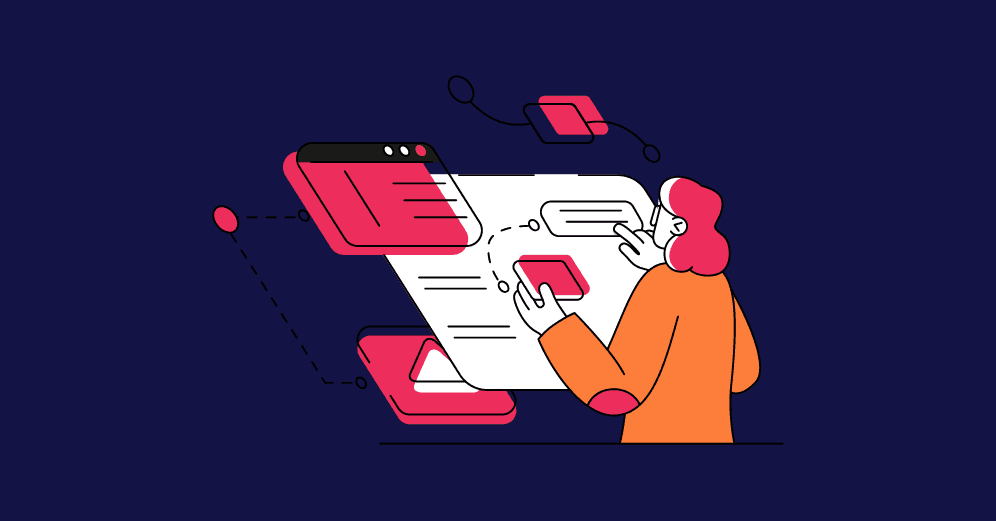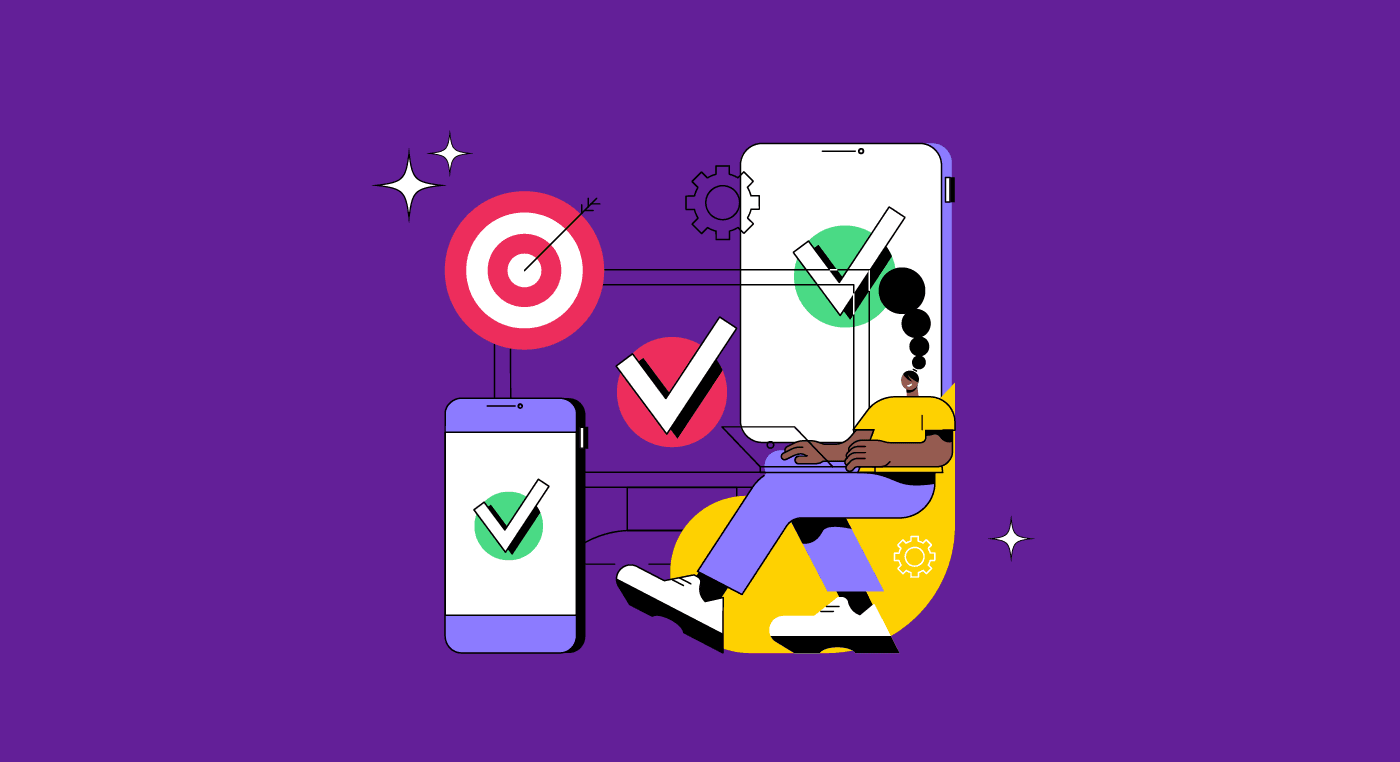User-Centered Design places the customer in the center of all decisions throughout product development. So UCD is all about focusing on user needs above anything else.
Back in the day, we had to adapt ourselves to companies and products that often wouldn't even meet our expectations or solve our problems. That's because product development was not centered on users but on profit.
Luckily, those days are over. Today, products need to be self-explanatory, accessible, and highly usable if you want your business to thrive. Therefore, companies can no longer afford to underestimate their customers.
Let's bring this concept to practice: when you download an app, do you read an extensive manual that teaches you how to use it? Or can you easily navigate through it and quickly discover all its features?
Companies are increasingly turning to research to create desirable products that we instinctively know how to use.
This article will explain how User-centered design works and how to use this process to benefit your users—and your company—the most. Enjoy your reading!
Reading tip: User Interview: Keys to Gather Insightful Information
What is User-Centered Design?

User-centered design is an iterative process based on users and their contexts. UCD involves the customer throughout the design and development process while addressing the user experience holistically.
In UCD, design teams use a whole set of investigative and research methods to understand user needs and build highly usable products that will meet customers' expectations.
The entire project is an endless cycle of ideation, implementation, and constant testing.
Consequently, users no longer have to adapt themselves to products. Fortunately, the picture has reversed: products need to be better.
This new outlook on product development has benefited customers, companies, and designers, so everybody wins: products are more profitable, companies are more successful, and professionals are more valuable.
User-centered design x Human-centered design
User-centered and Human-centered design are often used interchangeably, but to help clarify the difference, consider UCD a subset of HCD.
UCD requires a deeper understanding of specific users who will be using your product: your target audience. So it's about investigating users' attitudes and behaviors to come up with the right solutions for specific problems.
On the other hand, HCD aims to solve social problems rather than specific user problems. In HCD, designers consider the general characteristics of a person, developing products based on human psychology, perception, and cognition.
This framework can go a bit further than many UX researchers consider, including aspects of human ergonomics, physiology, or sociology.
To summarize: everyone who uses your product is human, but not all humans will use your product.
In this sense, designers also need to consider how design impacts everyone, not just the immediate users of a product. Human-centered design is, therefore, a natural evolution of UCD.
“When you design, you have to understand what the capabilities are of the people you’re designing for.” Don Norman
To avoid disasters, the dehumanizing idea of users had to vanish so designers could put humans first. As a result, it was clear that designers had to accommodate the human needs of their user-centered approach.
User-Centered Design and UX Design
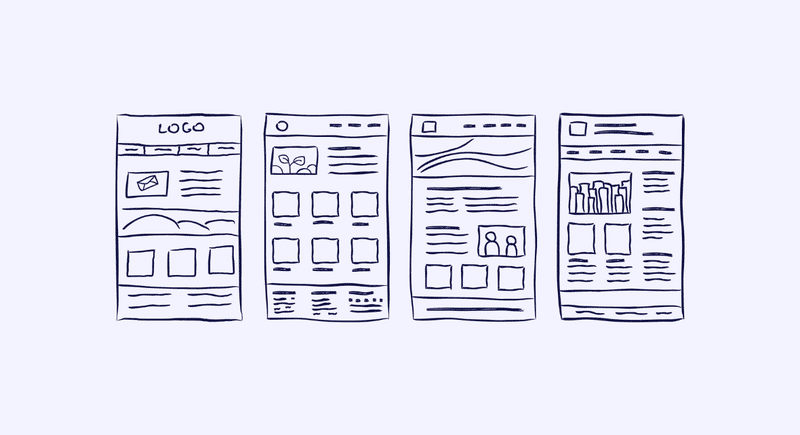
Once we better understand what UCD is, it's easier to comprehend the relationship between this framework with UX Design.
User-centered design improves user experience.
It's quite common to associate UX Design and UCD with digital products. But the truth is that these concepts can be applied to all kinds of products and services.
Benefits of User-Centered Design
When we mention the benefits of UCD, we usually focus on the impact on users.
However, the benefits help to push forward companies and designers too:
1) Benefits to designers
- It can open doors: since experienced professionals in UX are in demand, knowing and understanding the concepts of UCD can lead to new opportunities for designers;
- Meaningful impact: developing products is about solving user problems, so UCD allows designers to influence the quality of life of many people;
- Be part of the company's strategy: UX Design and UCD are linked to business strategy; being involved means direct communication with stakeholders and executives.
2) Benefits to users
- Improves quality of life: products are built to serve user needs and solve their problems, therefore, making their lives better;
- Accessible technology: focusing on different types of users turns more attention to accessible interfaces, leading to more inclusive products.
3) Benefits to companies
- Improves quality of products: iterative delivery and constant customer feedback turn product improvement into a continuous process;
- Productivity: establishing goals and streamlining procedures enhances productivity;
- Brand awareness: the customer's perception of value rises when companies focus on their users;
- Revenue growth: better products reinforce trademark, which generally results in more sales;
- Cost reduction: UCD optimizes resources, reducing development time, maintenance costs, and even redesign expenses — making the most out of your buck.
User-Centered Design Principles

There are a few fundamental principles of UCD that can be applied to the process of product development:
- Involve users from day 1: all design decisions should be made with the user in mind, so they should be involved in each part of the process;
- Align business requirements with user needs: everyone in the project should clearly understand user needs and business requirements.
- Establish user feedback: design teams should analyze feedback continuously to make user-focus decisions throughout a product's life cycle.
- Iterative design process: constantly working on improving user experience as design teams gain more understanding about their users.
Following these principles is essential if you want to successfully manage UCD projects.
Designing for the 21st century
Considered the godfather and a sort of a guru in the UX community, Don Norman is a renowned cognitive scientist and usability engineer. He also defined the principles of Human-centered design.
Don Norman is the first person who held User Experience as a job position and is the co-founder of the Nielsen Norman Group, one of the most prominent UX design consulting firms. He is also responsible for promoting concepts of usability, UX, and UCD through his work, books, and the NN/g.

Don brings fresh and honest perspectives by exploring the interactions between users and products. Norman outlines the challenges designers need to overcome in the future and the different types of designers who can meet those challenges, as follows:
- Performance challenges;
- Systemic challenges;
- Contextual challenges;
- Global challenges.
Performance Challenges
In this context, the focus is on maximizing the performance of a product using new materials and new ideas for its appearance or function. Since this is a traditional design task, Don believes our regular methods are prepared to teach designers the necessary skills, like thinking out of the box to solve problems or a deep understanding of materials and manufacturing.
The example Norman uses to describe this challenge is creating a new lighting system for the home market.
Systemic challenge
In the systemic challenge, the task is to build a complex product that serves different user needs in different roles but within the same context. The example used here is designing a radiological imaging system with several ways of presenting the information for various users in the medical profession.
This is a less traditional design task where the designer should have extreme knowledge of the technology with a generalist profile being able to manage a multi-disciplinary team of technologists and, of course, conduct design research.
Contextual challenges
In this scenario, designers must create a product with the community so that local people can use, maintain and improve or fix it themselves if needed.
Sometimes designers create innovative and amazing things to improve life in 3rd world countries, but users can not sustain it because they lack the technology or other means to support it.
So, in this kind of challenge, professionals need to deeply understand the environment surrounding their target audience.
Therefore, they need to co-design solutions with local people and work with many stakeholders, including experts, government officials, and community leaders. They also need diplomacy, management, and leadership skills to facilitate stakeholders' cooperation.
Global challenges
For the Global Challenge, Norman creates a task where designers should develop a solution taking on a large-scale design solution with a meaningful global impact, like addressing one of the United Nations Development Goals, such as zero hunger.
This type of challenge requires understanding large, complex socio-technical systems such as supply chains, transportation, and economics. To address global challenges, designers should also practice good diplomacy, management, and leadership, emphasizing cultural and political acceptance.
The advice from Norman
According to Don, there's a different profile for each of these challenges.
Designers need to ask themselves: What kind of designer do I want to be? And what kind of solutions do I want to create?
Norman also points out how designers have been educated so far and how more disciplines should be included in this curriculum. Is the current system equipping designers to handle the upcoming scenarios and world problems we must address?
For example, sociology, psychology, and economics are all important subjects to understand the human mind and how society works to create better products and a better world to live in.
User-centered design is only a base concept, and designers should go beyond what's being formally taught to think out of the box and promote change.
Hands-on: The User-Centered Design Process!
Every project has its own peculiarities, so there can be variations in the process. Still, the ultimate goal of UCD revolves around gaining knowledge of your target audience and establishing the context of use.
Another important aspect is that product managers should focus on user needs without taking business requirements for granted. That said, PMs have to find the right balance between business and users' goals.
There are four main phases of the UCD process:
- Identify the context of use: specify who the target audience is, in which moment or circumstance they will use a product and how they want to use it;
- Identify requirements: understand what it takes to design the product, what user needs are, and how it can relate to business requirements;
- Create solutions: create design solutions from all collected data — this phase can be done in stages, from a draft to the finished design;
- Evaluate: usability tests to verify what is working and what has to change or improve.

Keep in mind: User-centered design is an iterative process.
Therefore, the entire process must repeat itself continuously. In the last stage, when opportunities to improve the product are identified, it's crucial to go back to the initial phases of research to keep delivering a better product after each full cycle.
The concept behind a product that will be so perfect that nothing will ever need to stand corrected is not only an illusion but harmful to companies. Instead, an iterative process through constant testing as the project moves along is fundamental to success.
An iterative process can also be seen in other concepts such as design thinking, lean UX, and Agile philosophy.
Moreover, the interactivity in UCD is based on scientific methodology, so one question remains: Is UX Design an art or a science?
Multi-disciplinary teams
To guarantee a better understanding of user expectations and context of use, build a multi-disciplinary team whenever possible. Different perspectives facilitate a broader analysis to develop the most suitable solution for a problem.
User-centered design projects will work much better when people with different backgrounds and disciplines operate in the design process, resulting in more creative design decisions.
Therefore, always try to bring different profiles to the table: designers, stakeholders, and developers, as well as marketing, business, and sales departments.
Furthermore, each expertise becomes more skilled with the other disciplines, bringing the entire team's capabilities to a higher level.
Of course, sometimes building a diverse team can be difficult, not just due to resources but the efforts in maintaining a group with controversial ideas that can often clash, but don't let it fool you: this confrontation is rich and insightful.
To support a multi-disciplinary team is vital to be aware of psychological safety in your work environment.
Many companies believe they lack the people or time to deploy UCD. However, there's a method that can help you with that: Rapid Research.
Tools to help you with User-Centered Design
So how can you effectively apply UCD?
We will share some of the tools that can help you implement User-centered design, aiming to comprehend users better:
- User interviews;
- Personas;
- User journey;
- Usability tests;
- Field Research.
User interviews
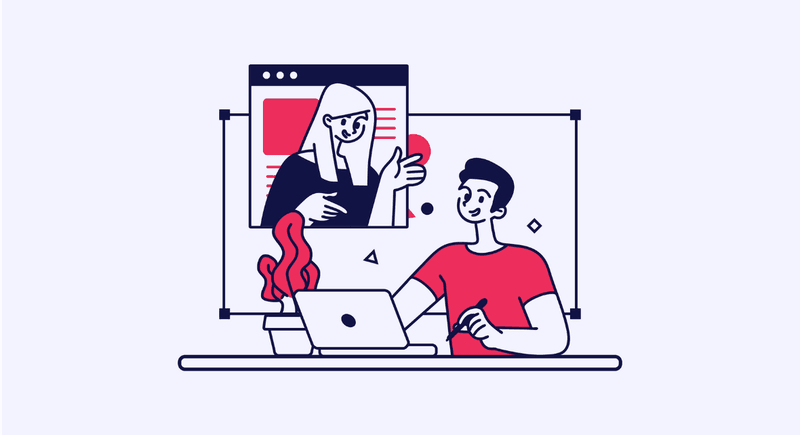
Interviewing users is a method part of the UX Research process.
The objective here is to collect user information to know more about their habits, needs, behaviors, or any other specific attribute that can serve the purposes of a project.
This way, the interview is a quick way to gather data about:
- user background (demographics and ethnographic);
- how the user interacts with technology;
- how the user will use a product;
- user objectives, needs, goals, expectations, and pains.
Personas
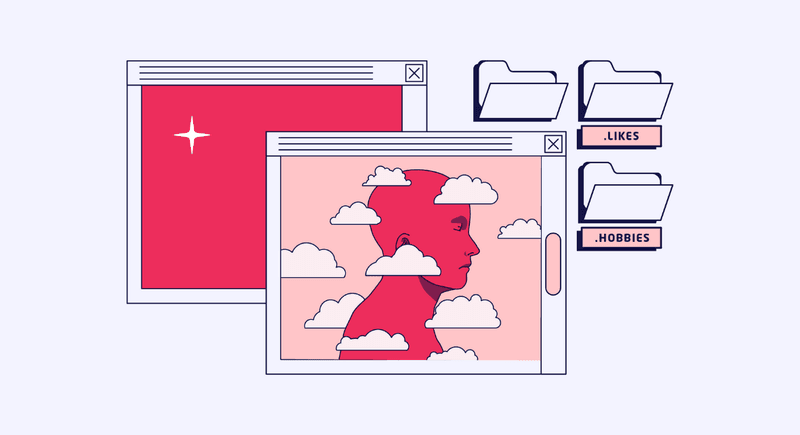
Personas are created by collecting information from real users to represent your target audience.
Through personas, we are able to create specific products for specific users and truly match customer expectations.
Needles to say, this is a powerful tool when talking about UCD.
It's important to remember that personas should not be based on assumptions but on research with real users.
User journey
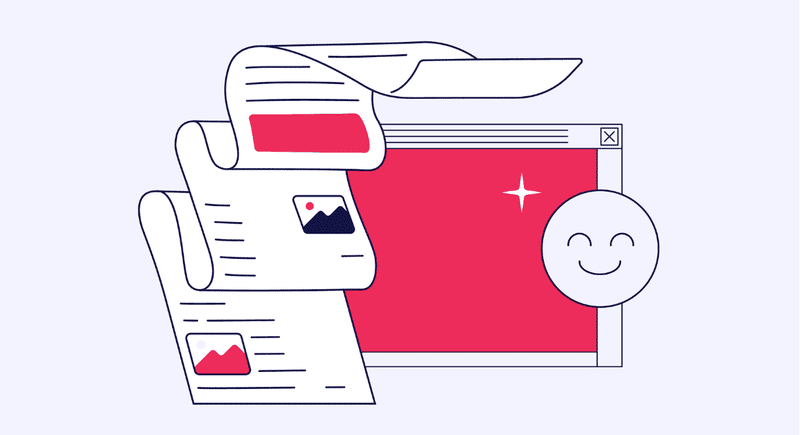
A user's journey is a tool that aims to map every touchpoint between users and a product, from the early stages where the user identifies his need to the actual use of a product.
It's indispensable to understand what everyday interactions will look like. With this tool, every interaction with a product is accounted for, telling us a story about the user and the context they will use a product.
Journey mapping also allows us to learn more about users' emotional states and how they feel at the different stages of interaction with a product.
Usability tests

A usability test is a tool used to validate a product and identify improvement opportunities.
The objective of the usability test is to collect information about user behavior and their expectations toward a product.
This way, these tests are indispensable in the process of UCD because it helps to confirm hypotheses around user customer experience.
Field Research
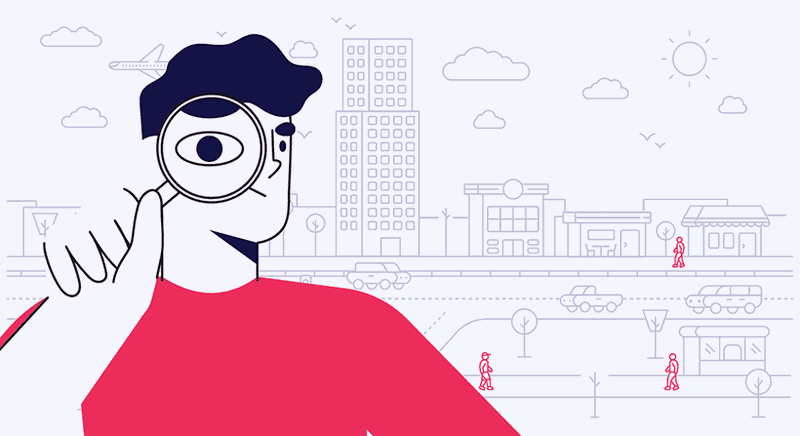
In UCD, research is all about observing and gathering user data in their actual context —away from your office and lab. This means that the investigation should never be based on your team's assumptions.
So the study's objective is to understand how users behave naturally in their own environment, how they use a product, and how designers can improve this interaction.
Research is an excellent ally in UCD to comprehend user habits and behaviors because it has the power to withdraw any biases and collects relevant information to develop a product.
Conclusion
Applying UCD practices to your processes will help UX teams focus on the user and create products and solutions that enhance usability.
Placing the user in the center of all phases of a design process means that your customer should come before anything starts being built. To do that, professionals need a high dose of empathy to understand the user, their culture, and how they relate to their unique environment.
People ignore design that ignores people.
Learning a little more about empathy and how it happens can be interesting because this concept is much broader than just "putting yourself in someone else's shoes."
Additionally, as mentioned above, User-Centered Design also aims to contribute to the organization's success. That is why it is essential that your team also possess business knowledge.
The confluence among user needs and company goals is the golden ticket to a well-structured and successful UCD approach.

